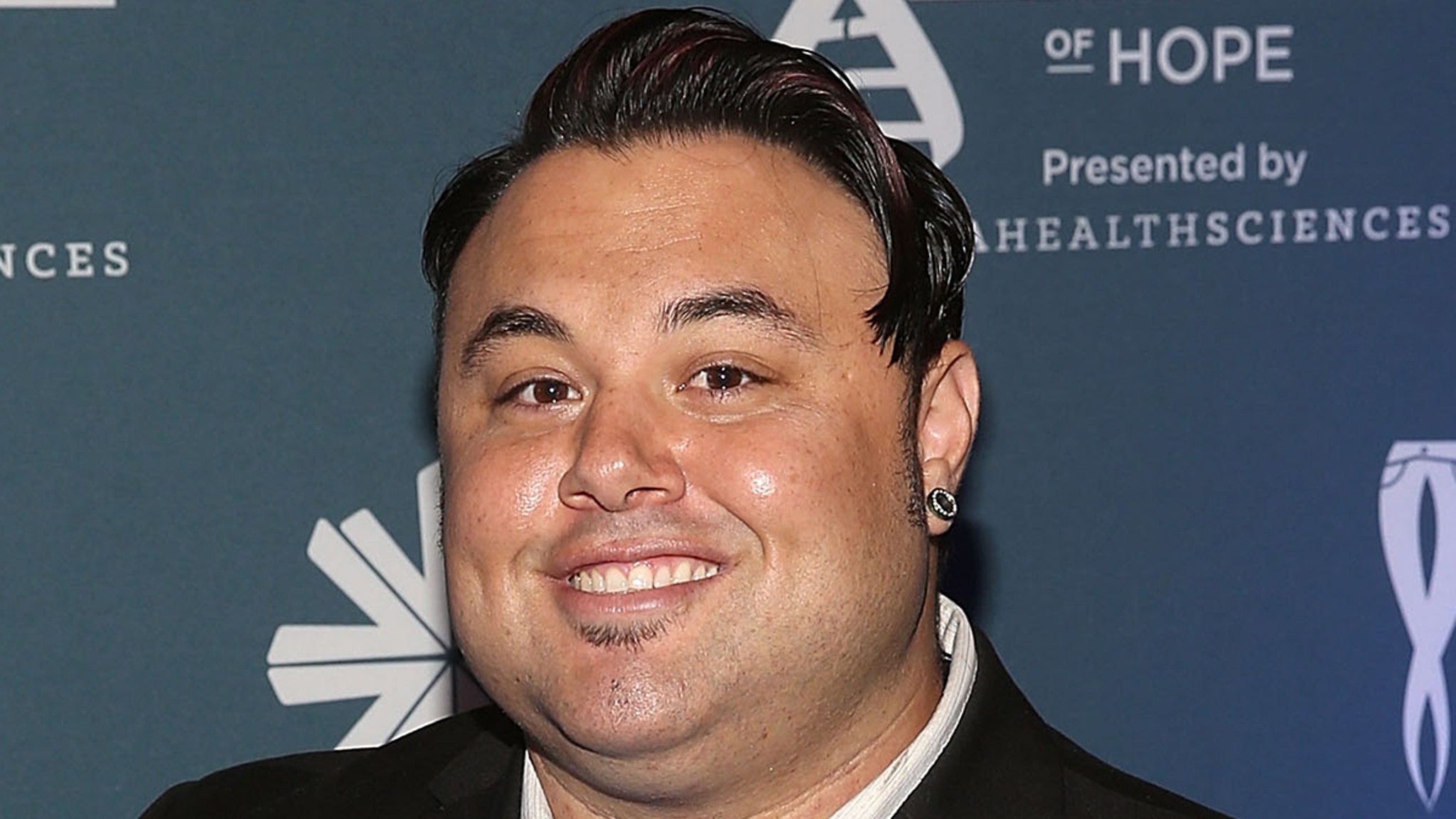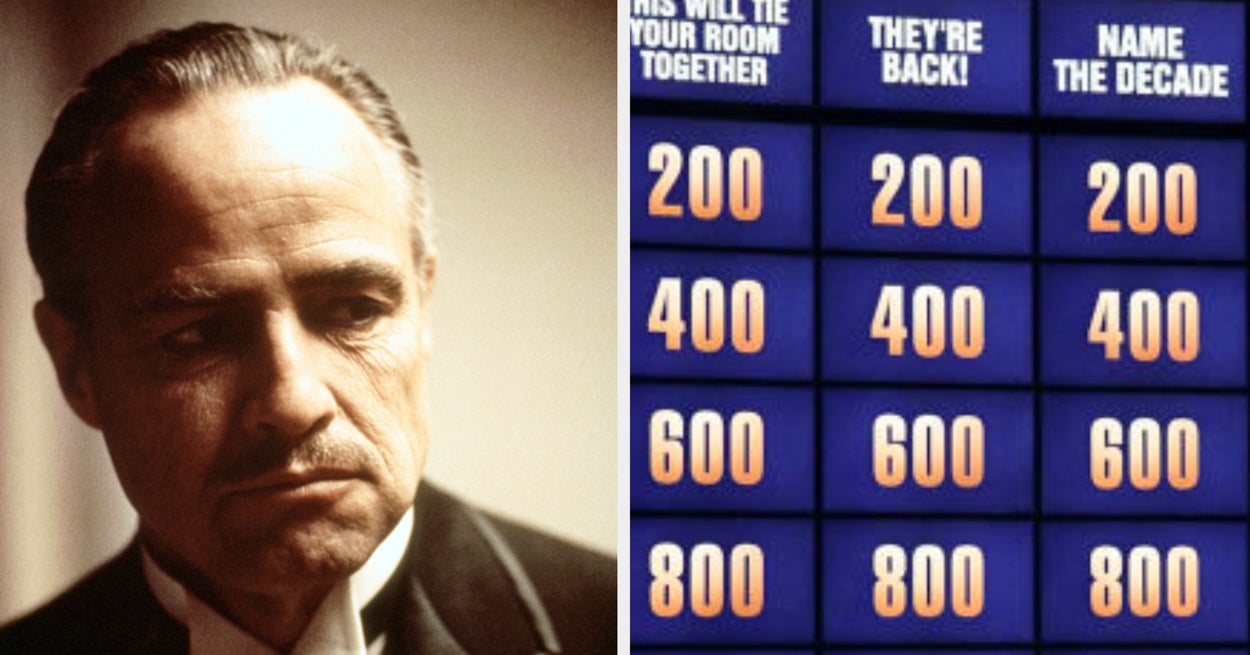Processing towers stand at the RN-Tuapsinsky refinery, operated by Rosneft Oil Co., in Tuapse, Russia, on Monday, March 23, 2020.
Andrey Rudakov | Bloomberg | Getty Images
Oil prices are expected to rise in the new year after some OPEC+ oil producers voluntarily pledged to cut output.
The oil cartel on Thursday released a statement that did not formally endorse production cuts, but individual countries announced voluntary reductions totaling 2.2 million barrels per day for the first quarter of 2024.
Leading the cuts is OPEC kingpin and largest member Saudi Arabia. Riyadh agreed to extend its voluntary production cut of 1 million barrels per day — which has been in place since July — until the end of the first quarter of 2024. Russia said it will cut supply by 300,000 barrels per day of crude and 200,000 barrels per day of petroleum products over the same period.
Iraq is cutting by 223,000 bpd, the United Arab Emirates by 163,000 bpd, Kuwait by 135,000 bpd, Kazakhstan by 82,000 bpd, Algeria by 51,000 bpd and Oman by 42,000 bpd.
“Compliance is key. It can’t just be Saudi Arabia. We have to have compliance from the other OPEC nations,” Bill Perkins, CEO and head trader of Skylar Capital Management, told CNBC. “When these other nations say they’re going to cut, the market doesn’t trust it as much,” he added.

Oil prices year-to-date
The way the production cuts were announced also fueled traders’ confusion and skepticism. In previous announcements, the OPEC+ press release contained all relevant information. But on Thursday, individual member states issued separate statements on their voluntary cuts.
If members do fulfil their pledged cuts, crude prices are set to climb.
When the cuts expire at the end of the first quarter, these removed barrels will only return gradually, “which should help keep the oil market in deficit in 1H24,” UBS strategist Giovanni Staunovo wrote in a note following the decision, adding that he expects prices to rise in the undersupplied oil market.
“If the compliance rate of the group improves from here, even more barrels could get removed,” Staunovo added.
Similarly, Goldman Sachs forecasts higher prices, adopting a wait-and-see approach on OPEC+ members adhering to the proposed cuts.
“We estimate a modest mechanical boost from the extra cut to Brent Dec24 prices of around $4/bbl relative our prior OPEC+ assumptions,” the investment bank said in a note, adding that it expects the group “can maintain Brent oil prices in the $80-$100 range in 2024.”
Global benchmark Brent crude futures traded 0.25% lower at $80.66 a barrel Friday, while the U.S. West Texas Intermediate crude futures slipped 0.04% to $75.93 per barrel.
—CNBC’s Ruxandra Iordache contributed to this report.






































:quality(85):upscale()/2025/01/30/728/n/1922564/bae21b97679ba8cf1dcb88.10828921_.png)


























:quality(85):upscale()/2023/11/30/886/n/1922564/bb1f64216568eda0d81046.24793106_.jpg)














